ib biology options
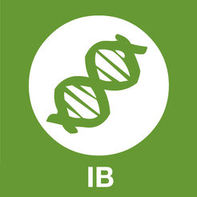
The biology course is organized by topics. Both standard level (SL) students and higher level (HL) students study the six core topics. HL students study an additional five topics, with some of these taking the first six topics to greater depth. In addition to this, both SL and HL students study one out of a choice of four optional topics. Schools can pick which the option topics to cover. At ECA we have traditionally completed the Human Physiology (D)
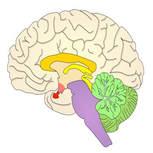
Option A: Neurobiology and Behavior
- In this option you will look at the development of neurons and the neural tube. We’ll also look at our most fascinating organ, the brain in more detail and how we use our sensory receptors to detect changes in the environment. The HL aspects of this option looks at the differences between innate and learned behavior, the action of neurotransmitters and how certain drugs can affect the brain and lastly Ethology
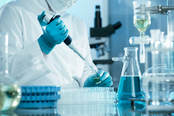
Option B: Biotechnology and Bioinformatics
- In this option you will take a closer look at the fascinating use of microorganisms in industrial processes (think fermentation!). We’ll also take a look at the use of microorganisms as a response to incidents of pollution. The HL students will also study how we detect infection by pathogens and how Bioinformatics helps scientists to easily access this information by means of databases.
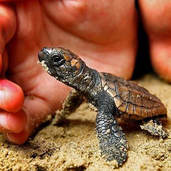
Option C: Ecology and Conservation:
- In this option you learn more about species, communities and ecosystems. You will also gain a better insight of the impact of humans on ecosystems, using lots of real life case studies as examples. We’ll also look at biodiversity and how various groups are working together to conserve it. For HL you will also study Population Ecology; how we estimate population size and factors affecting population growth and lastly revisit the term ‘eutrophication’ when we study the Nitrogen and Phosphorus cycles!
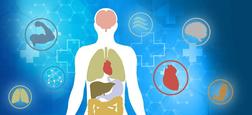
Option D: Human Physiology
- In this interesting option you will study human nutrition and what is meant by ‘essential minerals and nutrients’. Digestion and the functions of the liver are also covered. The heart is also a topic and you will learn what causes the sound of a heartbeat and factors affecting heart-rate and blood pressure. HL students will also learn about hormones and metabolism and transport of O2 and CO2 in respiration.
